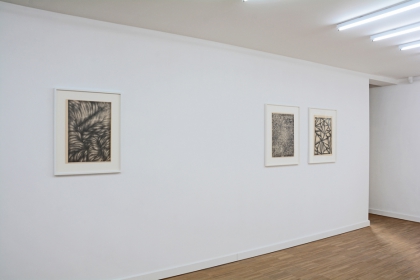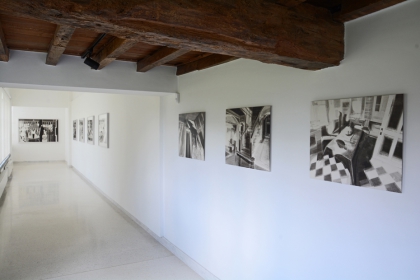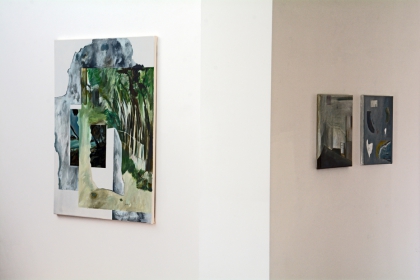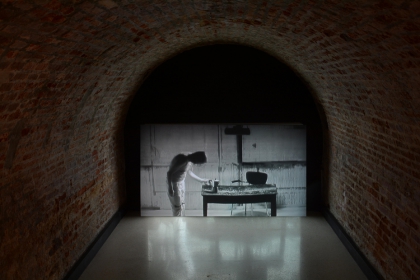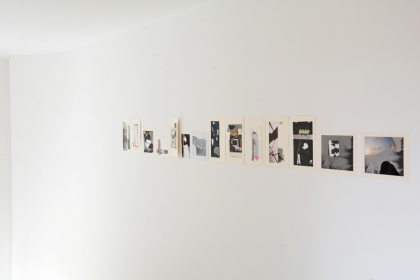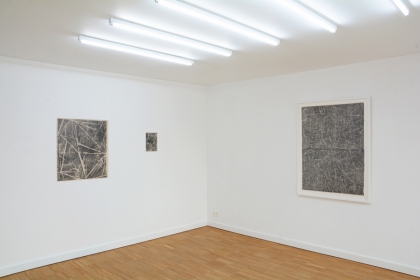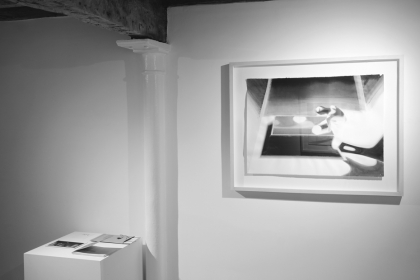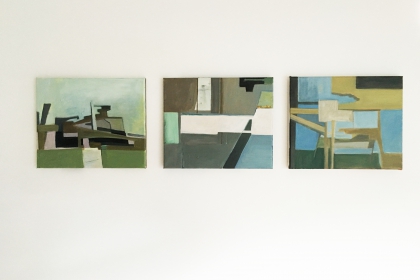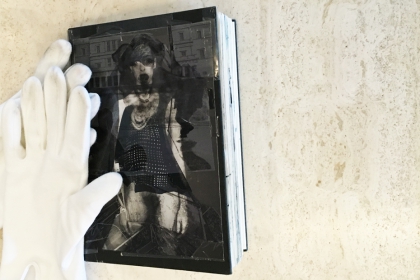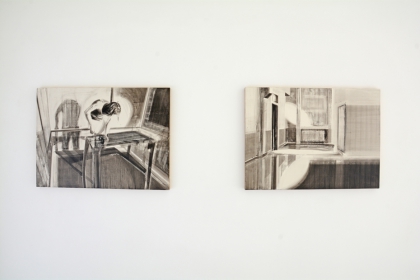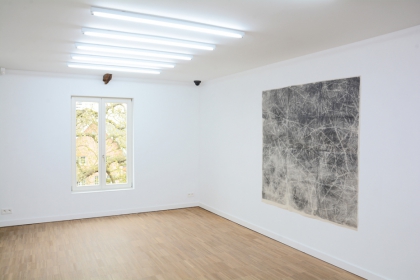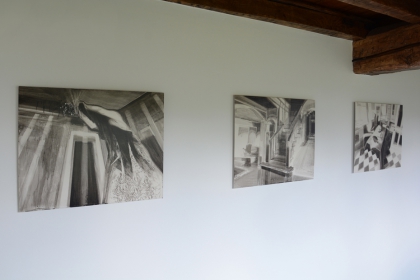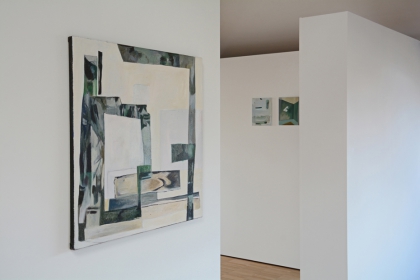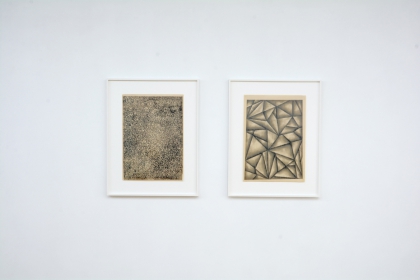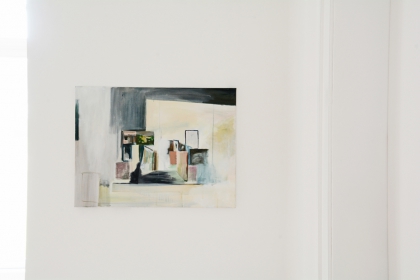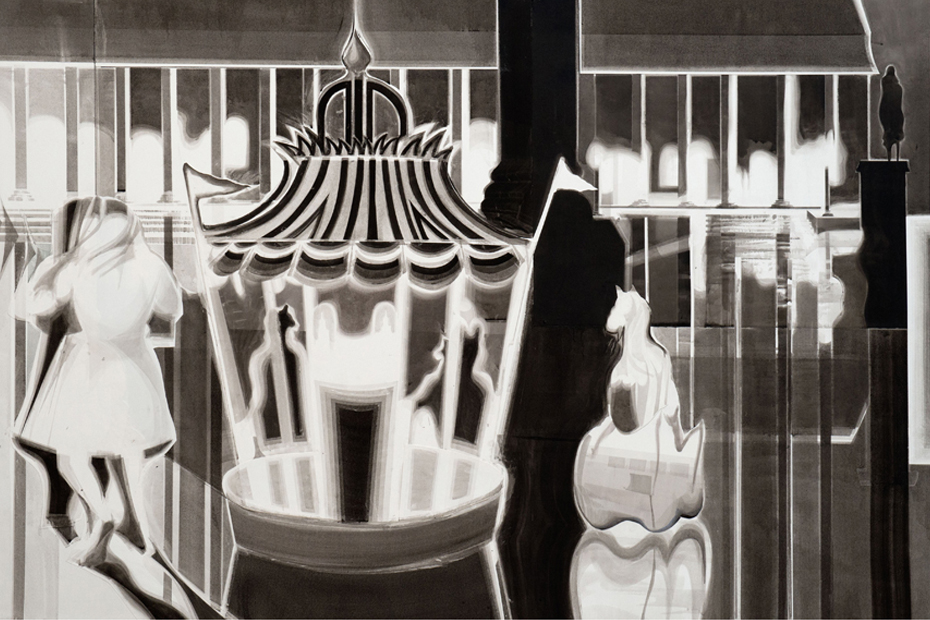
Our reality, our worldview, is constructed – or we construct it ourselves – through the images that surround us. They shape the way in which we look at things, the way in which we think and the way in which we approach our daily lives. It is sometimes claimed that we are inundated and mercilessly crushed by images wherever we go: on the street, at home, in the office and in the digital sphere. It is important both to question these mass-media reproductions and to be able to work with them. One of the strengths of contemporary art is that it interrogates their all-pervasive nature. Nowhere else are we so roundly challenged to expand our outlook and to question our reality. A reality twist.
In her work, Lut Vanautgaerden explores ways of adding a fresh dimension to the collage. These range from total installations – in which three-dimensional objects, paintings and murals combine to create an all-encompassing illusion – to intimate paper collages and more recently, videos. All explore the relationship between reality and interpretation. Although the works are all different, they are also closely interconnected. A painting will stem from a previously made collage, which in turn will be based on previously taken photographs. On the one hand, her works create a fresh illusion from existing materials, and on the other hand, the collage technique never hides the fact that the new image is a construct, designed to mislead. The continuous cutting, copying and pasting process enables existing elements to be cut loose from their surroundings and moved to another part of reality.
With her drawings, Denitsa Todorova has developed a unique visual language. Her large, monochrome, graphite drawings deal with emotions, visual poetry and metaphysical ideas. Todorova dares us to forget the everyday and to enter into dialogue with a plane of light and space. The drawings shake off any illusion of time and the world around us and address our own inner world. In her recent works on paper, the artist presents a new vision of the medium of drawing. The large velvet canvases are created after an intensive work process that involves adding or removing graphite on paper, a method that is similar to preparing a painting canvas. From her background as a painter, Todorova questions the drawing – especially the abstract drawing – which represents rather than depicts.
Stefan Serneels’ multidisciplinary oeuvre is not confined to drawing. Short films, animation, performance and drawings constantly influence one another. Over the past few years, however, drawing has become his most important medium. Typical of Serneels’ drawings is the use of Chinese ink and the assembly of recycled fragments of his own drawings. Alienated, fragmented reality is a recurring theme in this. Using the collage technique enables him to break through the logic of the classical drawing. The unusual relative context within which Serneels thus positions his classical drawings brings about an unexpected, individual experience, a mental and filmic tension and a sense of unease.
Lore Boon, February 2016

